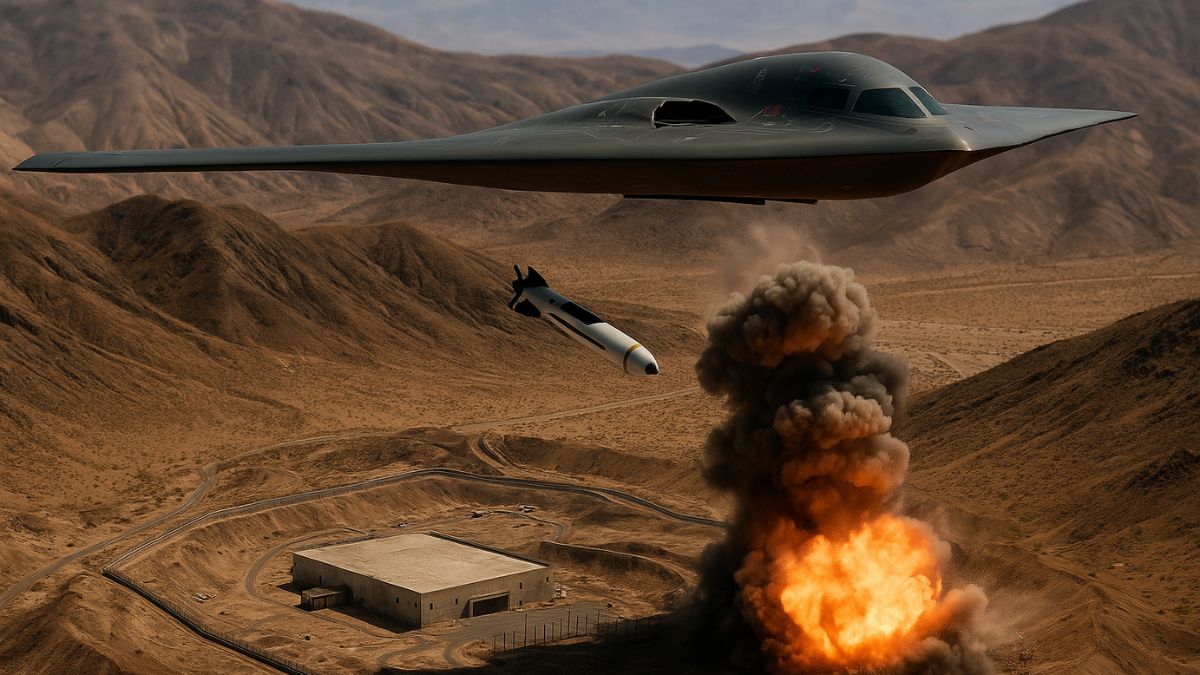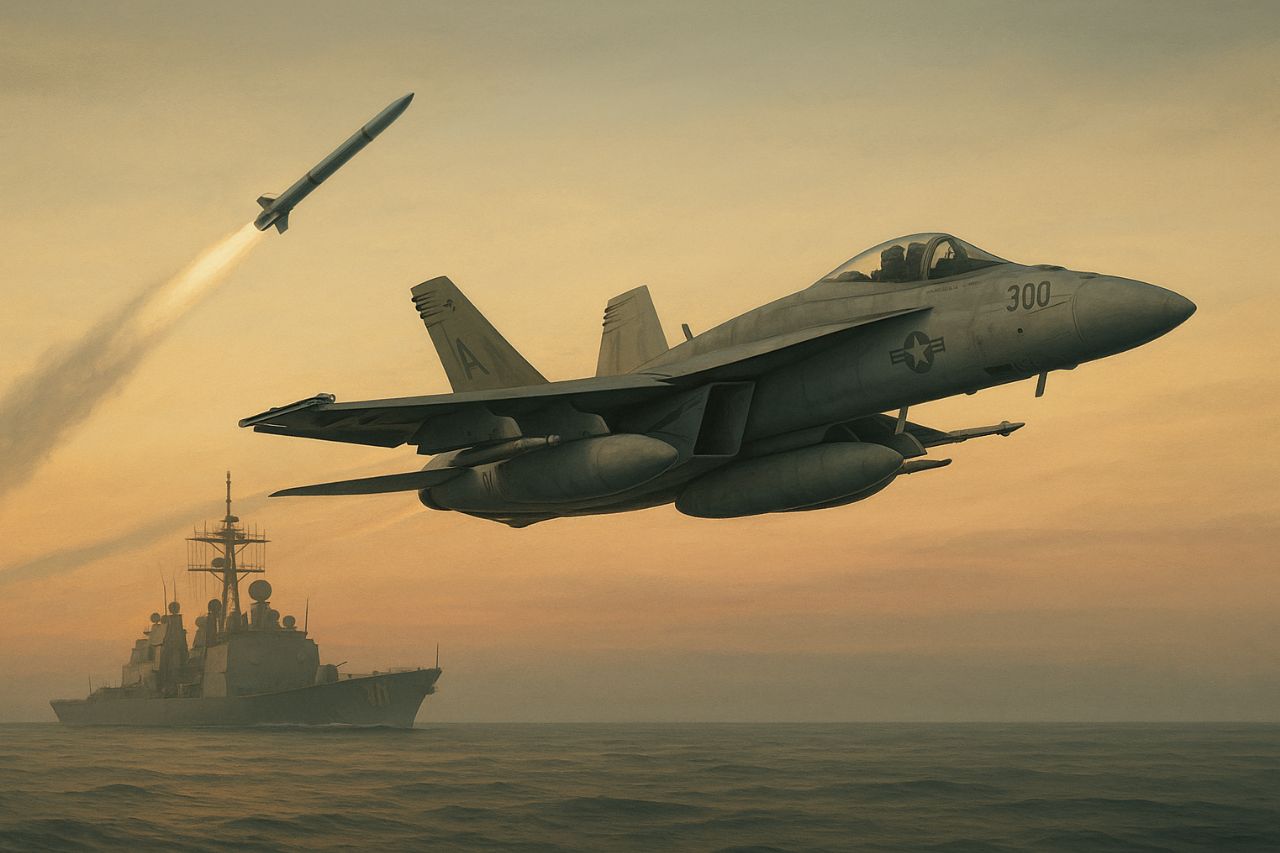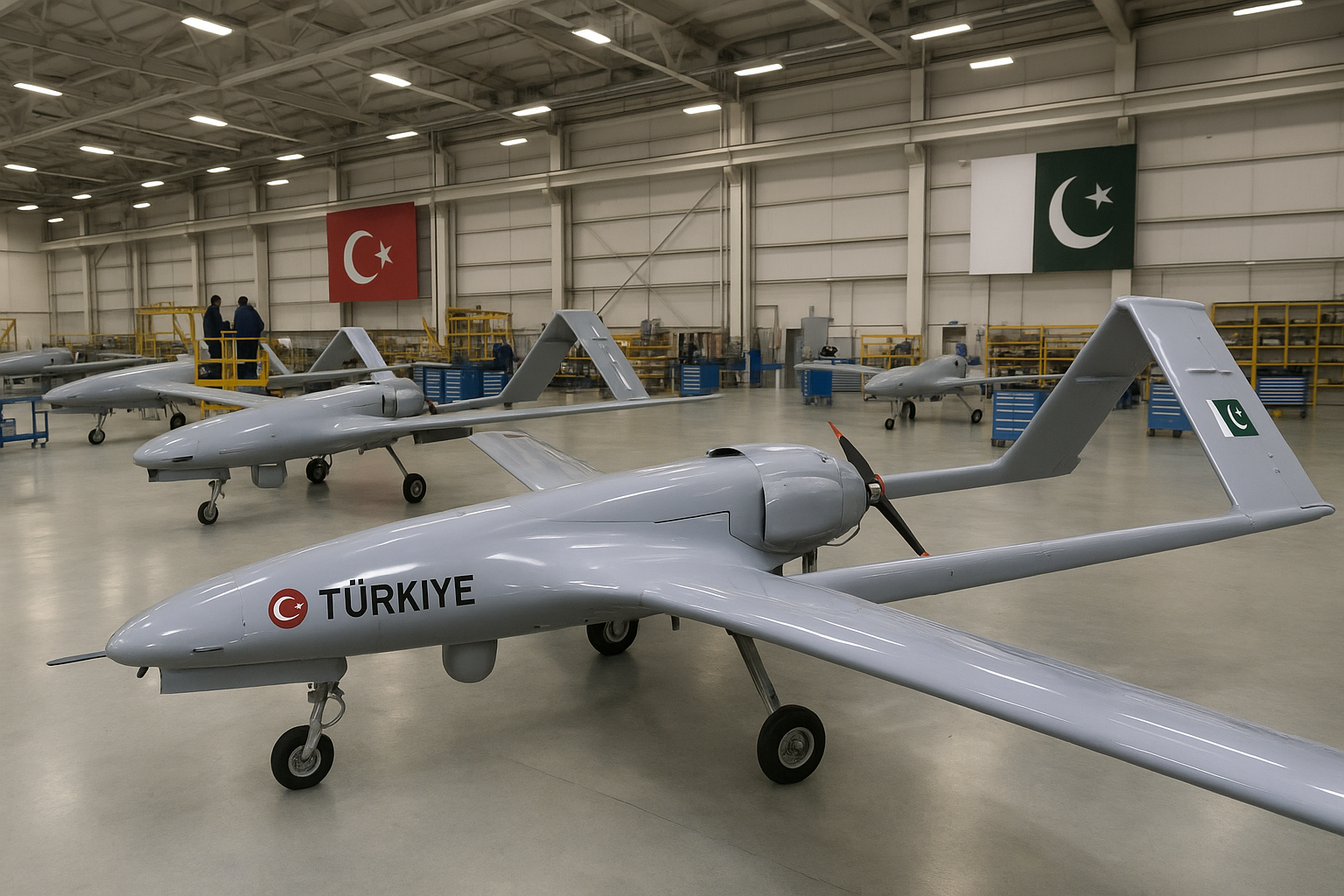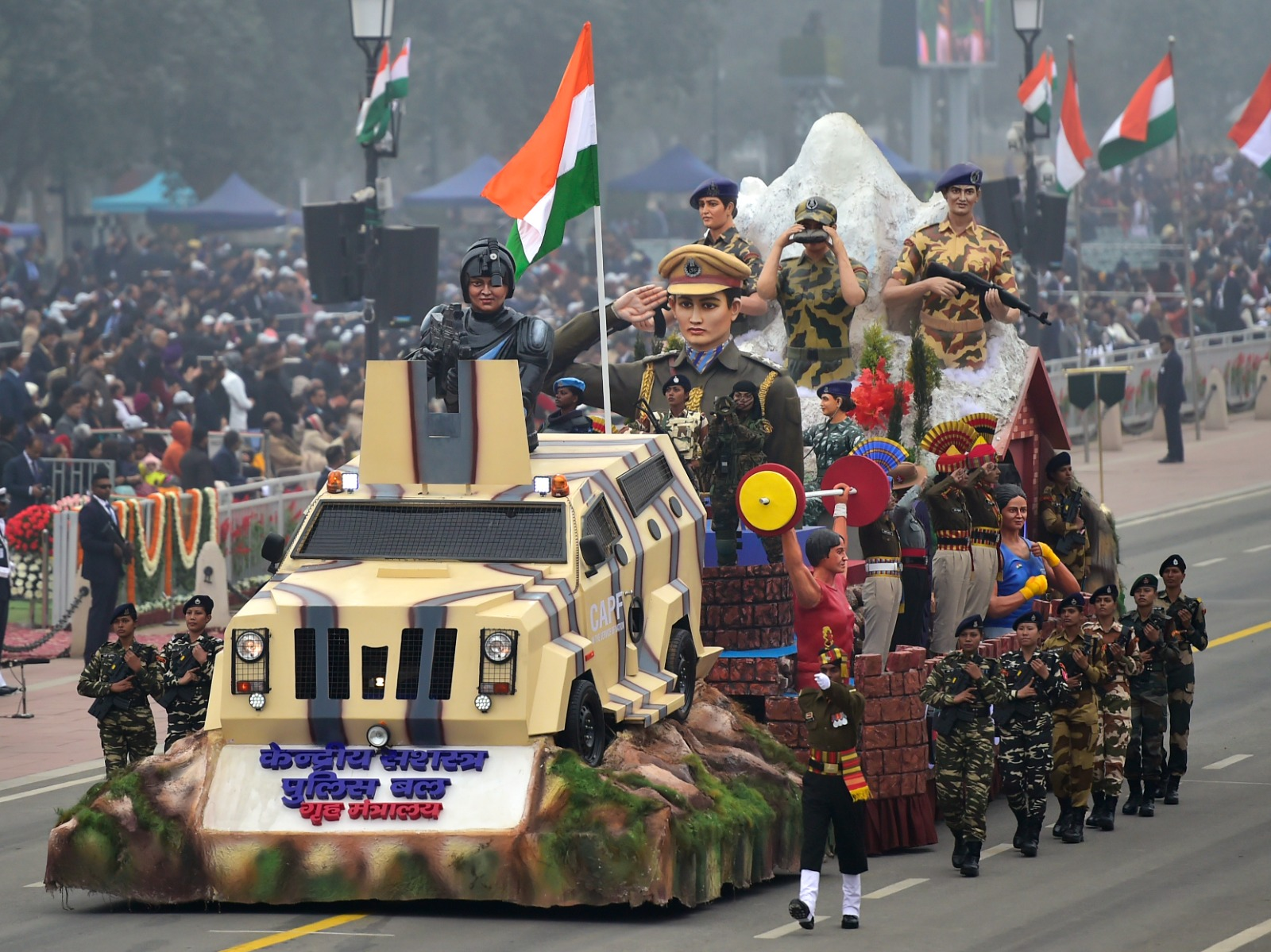Did US Air Force Use ‘Bunker Buster’ Bombs To Hit Iranian Nuclear Sites? Were They Effective?

The US Air Force reportedly used B2 bombers and its extremely potent 'bunker buster' munitions to strike Iranian facilities. This comes days after reports that President Trump wasn't convinced on the efficacy of these bombs. Image courtesy: AI-generated picture via DALL-E
The United States appears to have entered Israel’s war against Iran in full force with a precision strike on Iran’s Fordow fuel enrichment plant, using its most powerful conventional weapon: the GBU-57A/B Massive Ordnance Penetrator, also known as a “bunker buster.”
The weapon is specifically designed for targets like Fordow, which is built deep within a mountain and had remained untouched throughout Israel’s week-long offensive.
The strike marks a significant escalation and raises major questions about the risk of a wider regional conflict.
US President Donald Trump has not revealed the munitions used to attack Iranian nuclear facilities. However, media reports mentioned movement of B2 bomber, the only aircraft able to carry these bombs, to West Asia region prior to the strikes.
Did the US use bunker-buster bombs to strike Fordow?
The Associated Press cited an anonymous US official as saying that the United States used GBU-57A/B “bunker buster” bombs during its strike on the Fordow nuclear site early Sunday. The bombs were dropped from B2 stealth bombers, which had been observed heading toward Asia on Saturday, sparking speculation about a US operation.
The strike on Fordow followed mounting Israeli pressure for direct US military involvement in its escalating conflict with Iran. Israel had long considered Fordow too fortified to destroy on its own and had indicated it was relying on US support to neutralize the site.
What exactly is the GBU-57A/B bunker-buster bomb?
The GBU-57A/B Massive Ordnance Penetrator (MOP) is the most powerful non-nuclear bomb in the US Air Force’s arsenal. Weighing around 30,000 pounds (13,600 kilograms), it is a precision-guided munition built specifically to destroy hardened underground targets such as bunkers and deep military complexes.
The bomb can reportedly penetrate up to 200 feet (about 61 meters) of earth or concrete before detonating. Multiple bombs can be dropped in succession, each digging deeper into the target and amplifying destructive potential.
Though the bomb carries a conventional (non-nuclear) warhead, its massive payload and focused penetrating design make it the weapon of choice for targeting deeply buried nuclear sites like Fordow.
Was the bunker-buster bomb effective in this case?
That remains unclear. While the Fordow enrichment site was a logical target due to its heavily fortified location and its role in Iran’s uranium enrichment program, early reports have not confirmed the extent of the damage.
Fordow had previously been considered virtually impregnable to conventional airstrikes due to its location under a mountain near Qom. Israel’s own week-long campaign had failed to inflict visible damage on the site, prompting hopes that US involvement— especially with bunker busters— could change that.
The International Atomic Energy Agency (IAEA) had previously confirmed that Iran was enriching uranium to high levels at Fordow, which means there was a theoretical risk of radiation contamination if the bomb disrupted nuclear material. However, past strikes, such as the one on Natanz, have reportedly caused contamination only at the targeted site and not in surrounding areas.
Saudi Arabia has confirmed that no radioactive effects were detected in the Gulf states following US strikes on Iran.
Previously, a report by The Guardian had cited defence officials as saying that the likelihood of a successful US strike on the Iranian nuclear facility buried deep underground at Fordow is a topic of deep contention.
Defenxe officials who received the briefing were told that even using several GBU-57s would not penetrate deep enough underground. They were informed that such a strike would only do enough damage to collapse tunnels and bury it under rubble.







